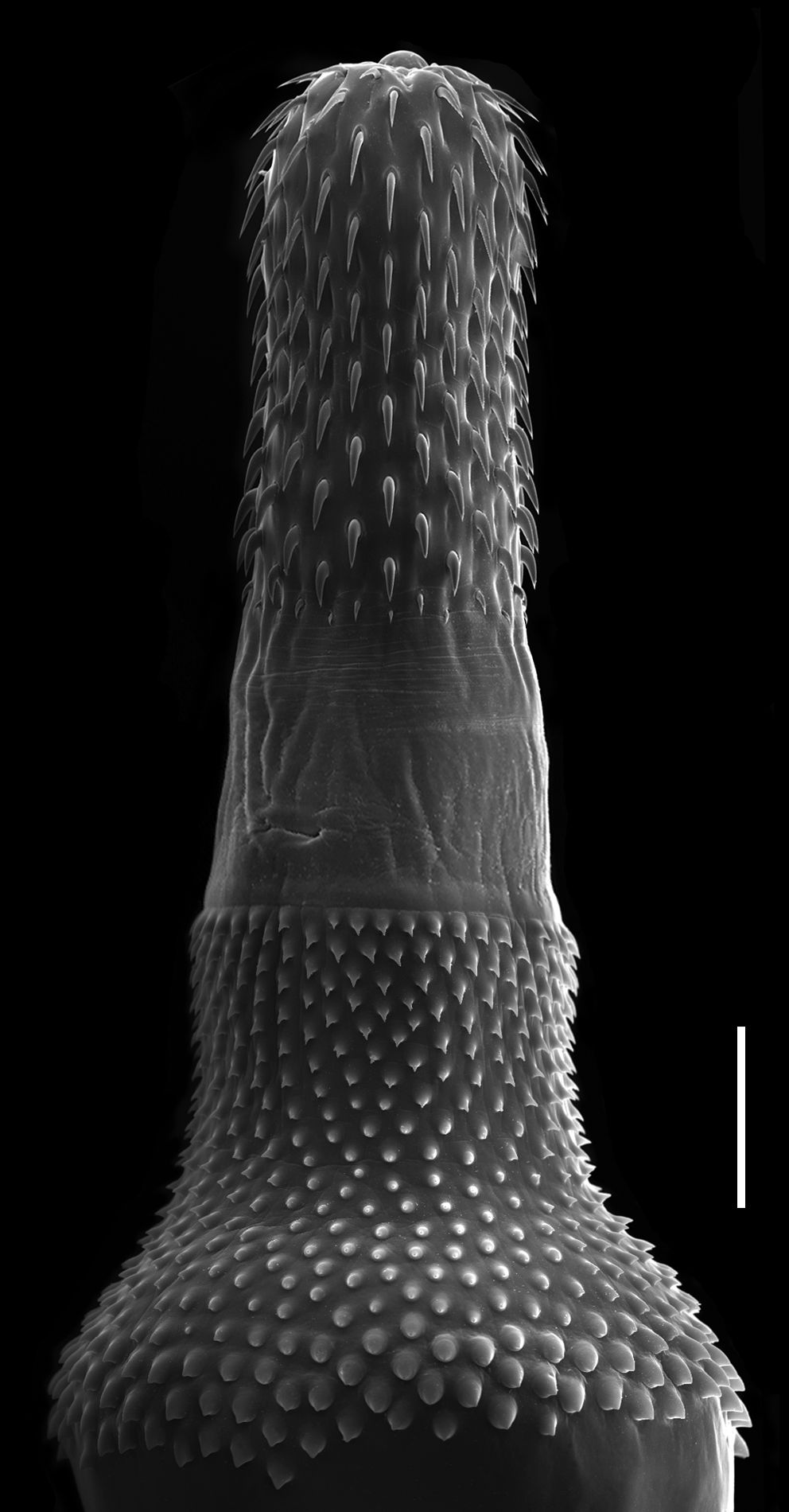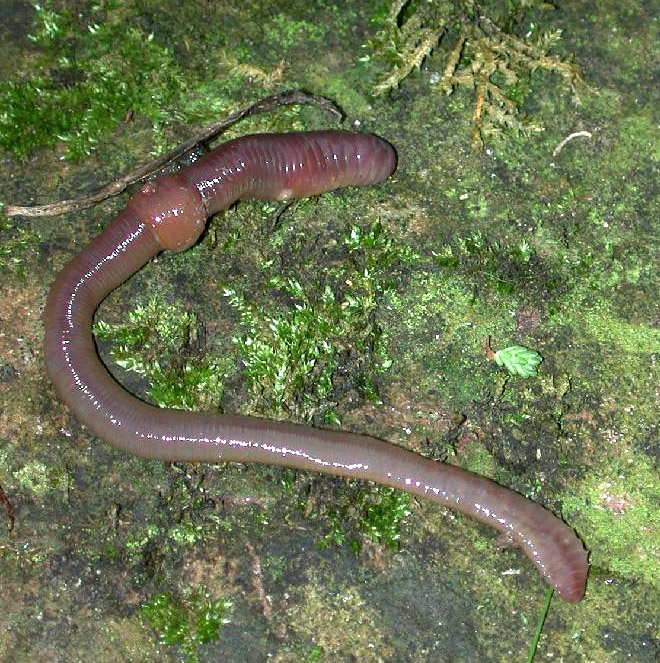|
Diplospinifer
''Diplospinifer'' is a genus of worm Worms are many different distantly related bilateral animals that typically have a long cylindrical tube-like body, no limbs, and no eyes (though not always). Worms vary in size from microscopic to over in length for marine polychaete worm ...s belonging to the family Polymorphidae. Species: * ''Diplospinifer serpenticola'' Fukui, 1929 References Polymorphidae Acanthocephala genera {{acanthocephalan-stub ... [...More Info...] [...Related Items...] OR: [Wikipedia] [Google] [Baidu] |
Polymorphidae
The thorny-headed worm family Polymorphidae contains endoparasites which as adults feed mainly in fish and aquatic birds. When this taxon was erected by Meyer in 1931, a subfamily Polymorphinae was established in it. As the Polymorphidae as presently understood would then be monotypic, with no basal genera outside the Polymorphinae, the proposed subfamily is redundant for the time being and therefore most modern treatments simply omit it. '' Polymorphus minutus'' is an economically significant parasite in goose and duck farming. Species Polymorphidae contains the following species: ''Andracantha'' Schmidt, 1975 *''Andracantha baylisi'' (Zdzitowiecki, 1986) Zdzitowiecki, 1989 *''Andracantha clavata'' (Goss, 1940) ''Andracantha gravida'' (Alegret, 1941) Schmidt, 1975 *''Andracantha mergi'' Lundström, 1942 *''Andracantha phalacrocoracis'' (Yamaguti, 1939) *''Andracantha tandemtesticulata'' Monteiro, Amato & Amato, 2006 *''Andracantha tunitae'' (Weiss, 1914) ''Ardeirhynchus'' ... [...More Info...] [...Related Items...] OR: [Wikipedia] [Google] [Baidu] |
Worm
Worms are many different distantly related bilateral animals that typically have a long cylindrical tube-like body, no limbs, and no eyes (though not always). Worms vary in size from microscopic to over in length for marine polychaete worms (bristle worms); for the African giant earthworm, '' Microchaetus rappi''; and for the marine nemertean worm (bootlace worm), '' Lineus longissimus''. Various types of worm occupy a small variety of parasitic niches, living inside the bodies of other animals. Free-living worm species do not live on land but instead live in marine or freshwater environments or underground by burrowing. In biology, "worm" refers to an obsolete taxon, '' vermes'', used by Carolus Linnaeus and Jean-Baptiste Lamarck for all non-arthropod invertebrate animals, now seen to be paraphyletic. The name stems from the Old English word '' wyrm''. Most animals called "worms" are invertebrates, but the term is also used for the amphibian caecilians and the slow ... [...More Info...] [...Related Items...] OR: [Wikipedia] [Google] [Baidu] |

